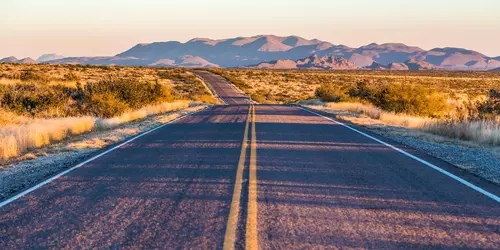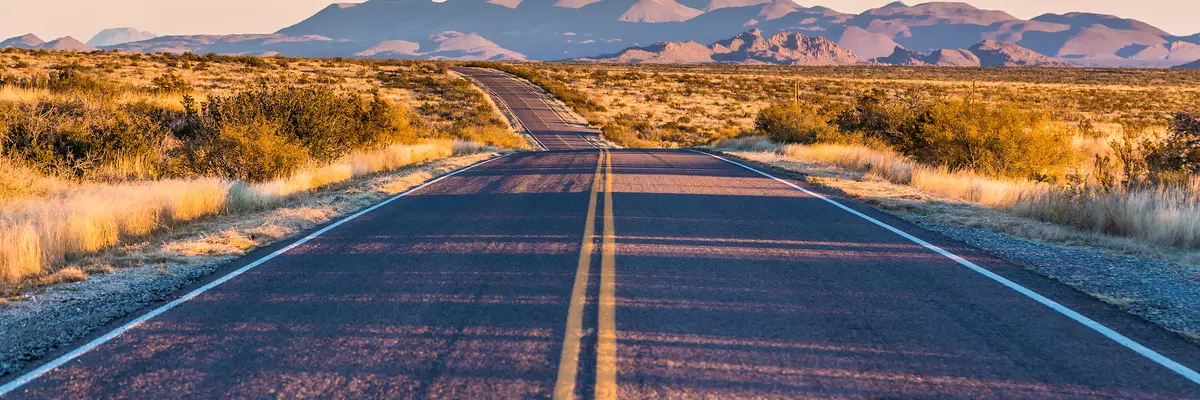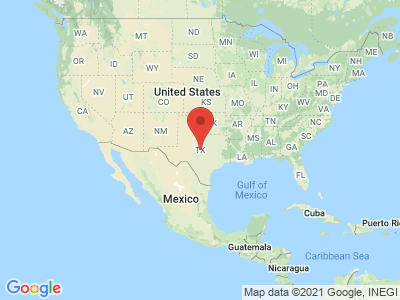
About Texas
Located in the south-central region of the United States, Texas is the second-largest state by both area and population. Spanning 268,596 square miles, it shares borders with Mexico to the south, New Mexico to the west, Oklahoma to the north, and Louisiana and Arkansas to the east. With a population of approximately 29 million residents, Texas is a diverse and expansive state with a unique blend of cultures, landscapes, and attractions.
Texas has a rich history that dates back thousands of years, with evidence of various indigenous tribes inhabiting the region. The state's modern history began with Spanish colonization in the 16th century, followed by Mexican rule and, eventually, its independence as the Republic of Texas in 1836. Texas joined the United States in 1845 as the 28th state, and the influence of its storied past can be seen in its architecture, traditions, and cultural identity.
Geographically, Texas is vast and diverse, with a wide variety of landscapes that range from coastal plains and beaches to rolling hills, deserts, and mountains. The state's most notable geographic features include the Gulf of Mexico, the Rio Grande, and the Guadalupe Mountains. This varied terrain provides ample opportunities for outdoor enthusiasts, with activities such as hiking, fishing, birdwatching, and water sports available throughout the state.
Texas' economy is one of the largest in the United States, bolstered by its abundant natural resources, thriving industries, and skilled workforce. The state is a major player in the energy sector, particularly in oil and natural gas production, and has a significant agricultural presence, with cattle, cotton, and citrus fruits among its top products. Additionally, Texas has a strong technology sector, with numerous tech companies operating in cities like Austin and Dallas.
Culturally, Texas is a melting pot that showcases a unique blend of Mexican, Spanish, Native American, and Southern influences. Its diverse population and heritage can be seen in its food, music, and art, with Tex-Mex cuisine, country music, and vibrant street art just a few examples of the state's cultural offerings. Texas is home to several major cities, including Houston, San Antonio, Austin, and Dallas, each offering its own distinct character and attractions for visitors.
In summary, Texas is a vast and diverse state with a rich history, unique cultural identity, and varied landscapes. From the bustling cities to the serene national parks, the Lone Star State offers a plethora of experiences for both residents and visitors alike, making it a must-visit destination for travelers seeking a taste of Americana.
Texas Climate Overview
Texas is the second-largest state in the United States, covering an area of approximately 268,820 square miles. Due to its sheer size, the state experiences a variety of climate types, including humid subtropical, semiarid, and desert climates. The overall weather in Texas is characterized by hot summers and mild winters, with variations depending on the location.
East Texas
East Texas is known for its humid subtropical climate, where summers are hot and humid, and winters are relatively mild. The region experiences abundant rainfall, with an annual average of 40 to 56 inches. East Texas is prone to severe thunderstorms and occasionally, tornadoes, especially during spring.
Central Texas
Central Texas is home to a more temperate climate, with warm summers and mild winters. The region experiences less rainfall than East Texas, averaging around 30 to 40 inches per year. Central Texas is also known for its occasional ice storms and hail during the winter months.
West Texas
West Texas is characterized by a semiarid climate, with hot summers and mild winters. Rainfall is sparse, with an annual average of 8 to 16 inches. The region is susceptible to drought, and dust storms are not uncommon.
The Texas Panhandle
The Texas Panhandle experiences a continental climate, with more pronounced temperature fluctuations throughout the year. Summers are hot, while winters can be quite cold, with the occasional snowfall. The region receives about 20 to 30 inches of rainfall annually, with the potential for severe thunderstorms and tornadoes.
South Texas and the Gulf Coast
The South Texas and Gulf Coast region experiences a humid subtropical climate, with hot, humid summers and mild winters. The area is prone to hurricanes, particularly from June to November. The annual rainfall varies between 20 and 50 inches, with the coast receiving higher amounts due to its proximity to the Gulf of Mexico.
Seasonal Trends
Spring (March-May)
Spring in Texas is marked by a gradual increase in temperature and humidity, with an elevated risk of severe thunderstorms and tornadoes. Wildflowers, particularly bluebonnets, bloom across the state during this time, making it a popular season for sightseeing.
Summer (June-August)
Summers in Texas are characterized by intense heat and high humidity, particularly in the eastern and coastal regions. Temperatures often exceed 100°F, and heatwaves are common. Drought conditions may worsen in West Texas during this time.
Fall (September-November)
Fall brings milder temperatures and a decrease in humidity across the state. It's an ideal time for outdoor activities and exploring the diverse landscapes of Texas. Rainfall may increase during this season, particularly in the eastern and coastal regions.
Winter (December-February)
Winters in Texas are generally mild, with occasional cold snaps and ice storms, particularly in the northern and central parts of the state. Snowfall is rare but can occur in the Texas Panhandle and higher elevations of West Texas.
Tourism in Texas
These are just a few of the many touristically interesting sights that Texas has to offer. Whether you're a history enthusiast, nature lover, or urban explorer, the Lone Star State has something for everyone.
1. The Alamo
Located in San Antonio, the Alamo is a historic mission and fortress compound, which was the site of the famous Battle of the Alamo in 1836. It serves as a symbol of Texan independence and is an important destination for history buffs.
2. The San Antonio River Walk
This picturesque urban waterway offers a serene escape from the city. The River Walk is lined with shops, restaurants, and bars, and visitors can enjoy boat tours, scenic walks, or simply relaxing by the water.
3. The Space Center Houston
As the official visitor center of NASA's Johnson Space Center, this attraction offers a unique experience for space enthusiasts. Interactive exhibits, astronaut training simulations, and historic spacecraft are just a few of the highlights.
4. Big Bend National Park
Encompassing over 800,000 acres, this park offers visitors stunning landscapes, diverse wildlife, and numerous outdoor activities. Hiking, camping, birdwatching, and stargazing are popular pastimes in this remote wilderness.
5. The Texas State Capitol
Located in Austin, the Texas State Capitol is an impressive architectural landmark. Visitors can take guided tours to learn about the building's history and the state's legislative process.
6. Padre Island National Seashore
A haven for beach lovers, this 70-mile stretch of coastline offers pristine beaches, abundant wildlife, and opportunities for activities like swimming, fishing, and windsurfing.
7. The Fort Worth Stockyards
Experience the cowboy culture at this historic district, which features daily cattle drives, rodeos, western-themed shops, and live music venues.
8. The Dallas World Aquarium
This unique attraction houses an impressive collection of marine and terrestrial animals from around the world, along with a recreated South American rainforest.
9. The Guadalupe Mountains National Park
Home to the highest peak in Texas, this park offers breathtaking views, diverse ecosystems, and over 80 miles of hiking trails.
10. The Sixth Floor Museum at Dealey Plaza
Located in Dallas, this museum chronicles the life, death, and legacy of President John F. Kennedy. The museum is housed in the former Texas School Book Depository, from where the shots that killed JFK were allegedly fired.


